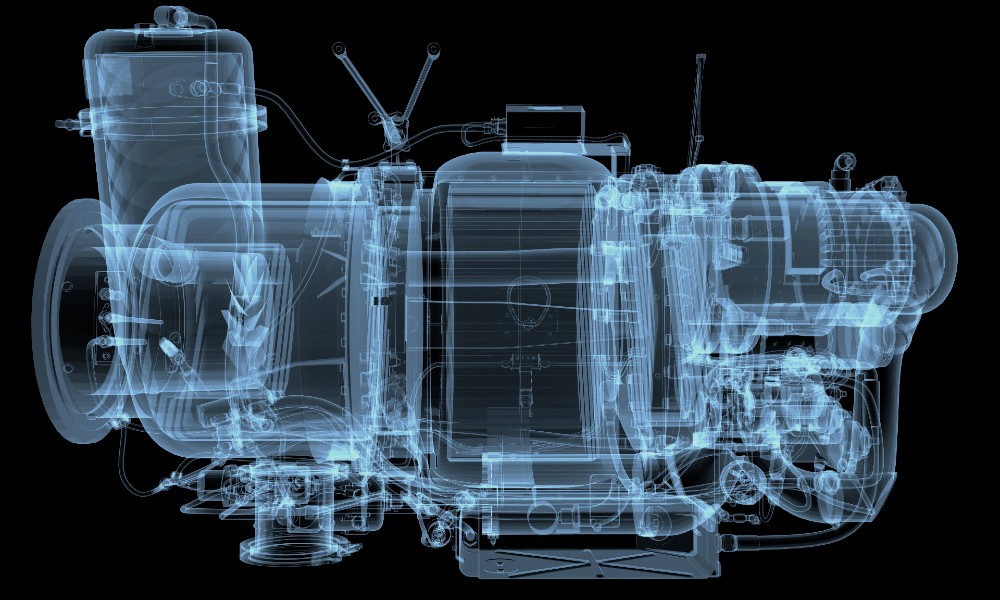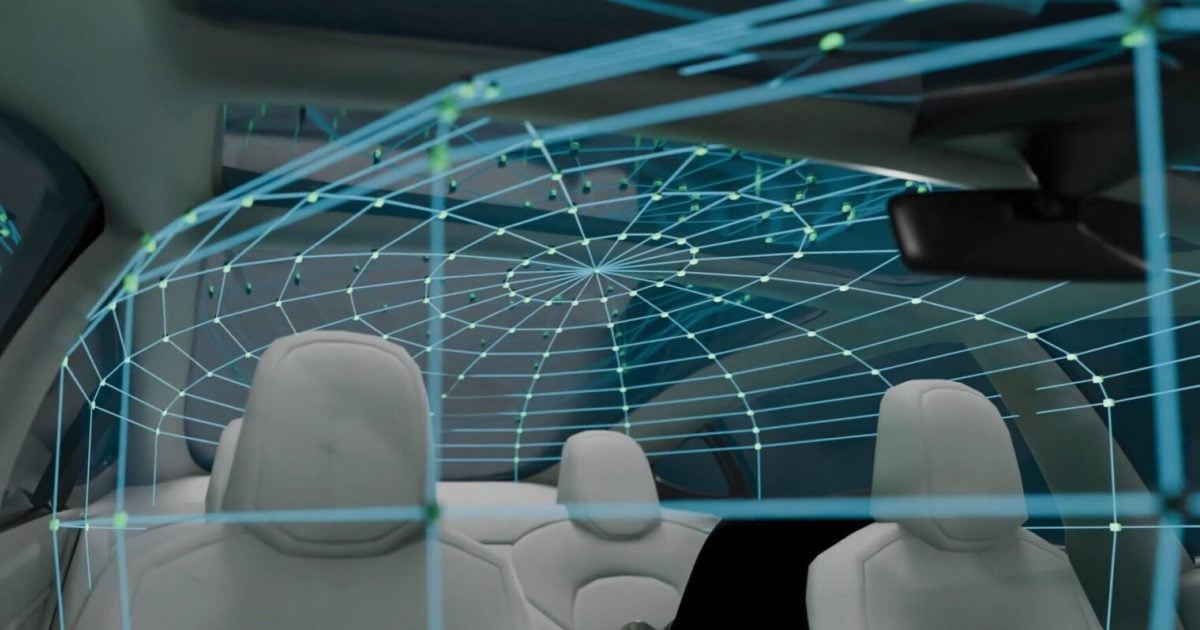
A new project is underway in Berlin, Germany, at the Werner-von-Siemens Centre designed to address the repair of massive gas turbine blades which are embedded into power plants around the world.
A turbine blade is an individual component of any type of turbine, and turbine blades extract energy from the high temperature produced by the combustor. Turbine blades are increasingly manufactured using sophisticated methods and superior materials, including super alloys and different methods of cooling to survive harsh environments.
A massive expense for operators of power plants is driven by the failure in gas turbines, and steam turbines often caused due to blade fatigue, which is triggered by the stress induced by resonance and vibration, with friction dampers are used to prevent blades from fatigue and high dynamic stress.
Despite the complications associated with keeping turbines running by ensuring the essential blades are operational, the demand for turbine blades is anticipated to rise, according to industry analysts, given the favorable environmental policies of different countries and the continuously declining cost of energy generation using renewable energy sources.
Key players in the turbine blade market include General Electric, Kirloskar Brothers Limited, Sandvik Coromant, ANSALDO ENERGIA, Cryo Star, Dresser-Rand, Siemens AG, PBS Group, Fine Forge Limited, Turbocam International, Acciona S.A., Vestas Wind Systems, Suzlon Energy Limited, Stem AS, and Gamesa Corporacion Tecnologica, and industry giant Siemens AG is exploring ways to bring digitalization to the opportunity to accelerate maintenance processes and to repair components in such a way that they run more efficiently and for longer.
At the Werner-von-Siemens Centre in Berlin, CONTACT Software, provider of open standard software and an open-source pioneer for the product development process and the digital transformation, is engaged in research to increase efficiency in the maintenance of turbine blades. CONTACT's open technology and Elements for IoT platforms are ideal for integrating additional I.T. systems and the Internet of Things to create end-to-end business processes.
In Berlin, Siemens Energy repairs gas turbine blades of power plants from all over the world. This is where the project "Maintenance, Repair, Overhaul" - MRO for short - of the Werner-von-Siemens Centre for Industry and Science (WvSC) comes in. The research work focuses on new measuring methods and materials as well as product and process innovations for the service business. To this end, the alliance partners are developing new process chains in which the value-added steps are specified through digitization.
The project consortium is pursuing three primary objectives that are of benefit to equipment manufacturers and their customers: increasing productivity in MRO processes, avoiding downtime, and enabling component upgrades during repairs. After recommissioning, the optimized components can increase the efficiency of a machine or plant, extend maintenance intervals, or lead to lower emissions.
Starting from a smart inspection, additive manufacturing methods are used to exploit new designs and materials in the repair and maintenance of turbine blades. Coating processes optimized by simulations then provide the component with improved properties. For example, to operate a turbine blade at higher temperatures, it can be fitted with an additional hardening layer during a repair. The MRO topics will be explored in the new production hall of Siemens Energy.
Six industrial partners, the Federal Institute for Materials Research and Testing, institutes of the Fraunhofer-Gesellschaft, and the Technical University of Berlin, are working together on the new MRO applications. "We are using Digital Twins to build flexible MRO process chains that trigger maintenance and repair measures quickly, in line with requirements and at optimal cost," says Ian Altmann, Project Engineer IoT & Industrie 4.0 at CONTACT Software, describing the project. "In order to support service engineers and workers in the best possible way, we merge data from various I.T. systems and provide the production plants with the necessary information."
The Digital Twin is used in various ways, depending on the process step. When inspecting a component, it serves as a repository for 3D geometries, which are captured by 3D scanning. AI-supported damage analyses use 3D models stored in the Digital Twin and other measurements on the component to assist service engineers in finding the best repair measures. Simulation models stored in the Digital Twin help to design the coating processes accordingly.
After completion of the basic preliminary work, a test environment based on CONTACT Elements for IoT is built up in the WvSC laboratory. Here the partners evaluate the functionality of the Digital Twins with regard to the different use cases in the MRO process chain and the desired project results.
As in the other current WvSC projects, "Electrical Drives" and "High-Temperature Applications," the research work here again focuses on new materials, additive manufacturing, and digitization in order to advance the change in production technology. The MRO project is also co-financed by the European Regional Development Fund (ERDF) and supported with state funds from the Berlin Senate Department for Economics, Energy, and Public Enterprises.
Arti Loftus is an experienced Information Technology specialist with a demonstrated history of working in the research, writing, and editing industry with many published articles under her belt.Edited by
Maurice Nagle





